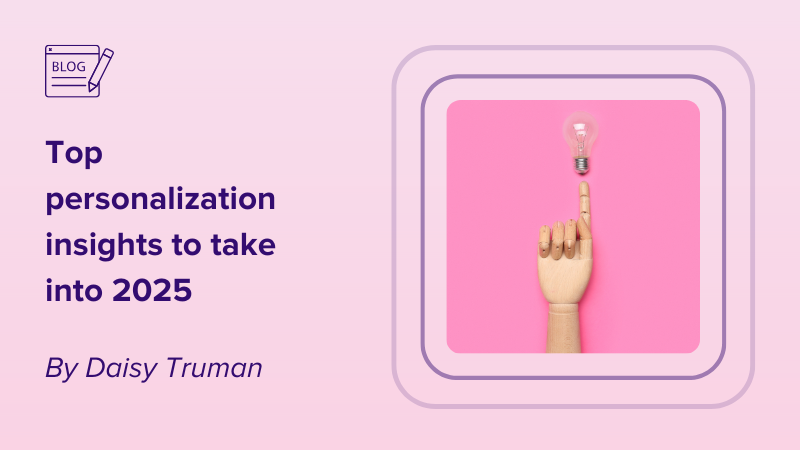It’s a universal truth no one is visiting a B2B website for entertainment! Imagine it’s Saturday night and you’re chilling on the sofa… There is zero chance you’re reading up on Compliance software or ERP tools for enterprises. When a B2B visitor comes to your site they’re looking for information to support them making a purchase decision – at least finding a route to solve a problem. We’ve all seen the stats about 95% of B2B buyers making an online search before reaching out to a company. So it’s fair to conclude that your website is your most important channel linked to your marketing, sales and retention goals.
Ultimately the goal of your site is to turn visitors into leads and leads into customers. The problem is the average B2B website converts only 1% of traffic. Meaning 99% of the traffic we’ve spent time and money getting to the site is not converting. We all want more leads right, so what should we do to improve conversion?
A common solution is to redesign the website to meet the expectations of our most valuable prospects. This route comes with it’s own challenges. Let’s face it web projects are tough because of the multiple stakeholders involved and you will need to substantially invest in this (both time and budget). It’s also worth noting, major redesigns usually take place every 3-5 years so this might not be a viable route for you. So what other ways can you solve your conversion problem?
Conduct a Conversion Audit
Firstly I’d recommend analysing the current situation, by conducting a Conversion Audit which includes reviewing your current website:
- Volume of traffic coming to the site. How are you driving traffic to the site, organic, digital etc.
- Analyse current web traffic. Are you attracting the right type of traffic to your site (does the traffic meet your ICP criteria in terms of industry, size, location etc)
- What’s your current conversion rate. Overall (all conversions) plus high intent conversion rate (demo request form fills etc)
- Content review. Do you have segmented content for your target audiences by industry, persona etc.
By having this information you can start to consider the options for solving problems with conversion. For example if your conversion rate on high intent pages is high but traffic is low, a quick fix is to drive more traffic.
An alternative to redesigning your website could be web personalization particularly if you answer yes to the following questions:
- We’re focused on improving conversion with our most valuable traffic
- We target multiple industries and it’s important we talk to them differently
- We have multiple territories
- We don’t want every prospect to take the same journey
- We’re investing in paid traffic which is expensive but the conversion is low
Why is website personalization important?
Web personalization is crucial for creating a more engaging, relevant, and satisfying user experience. It can positively impact key metrics such as user satisfaction, engagement, conversion rates, and overall business success. Putting it simply, all decision makers are busy and time poor. Plus they don’t have the inclination to search through your B2B website to see if you provide the service they are looking for. They want you to spell it out to them, make it easy. Show them social proof that you work with their peers (and competitors) so they know you understand the ins and outs of their type of business.
The benefits of B2B website personalization include higher conversion rates across all marketing channels that lead back to the main website (Webeo customers see on average 187% uplift in conversion). More engaged prospects that interact with more pages and content on your site. And ultimately a higher return on investment from your marketing budget.
With most web personalisation platforms being plug & play and no-code it’s a lot easier to improve your conversion rate with your ICP traffic than re-design your website.
If you’re in B2B and seriously considering ways to improve conversion with your most valuable traffic, personalisation is something you should consider before committing to a new website or refresh of your current site.




